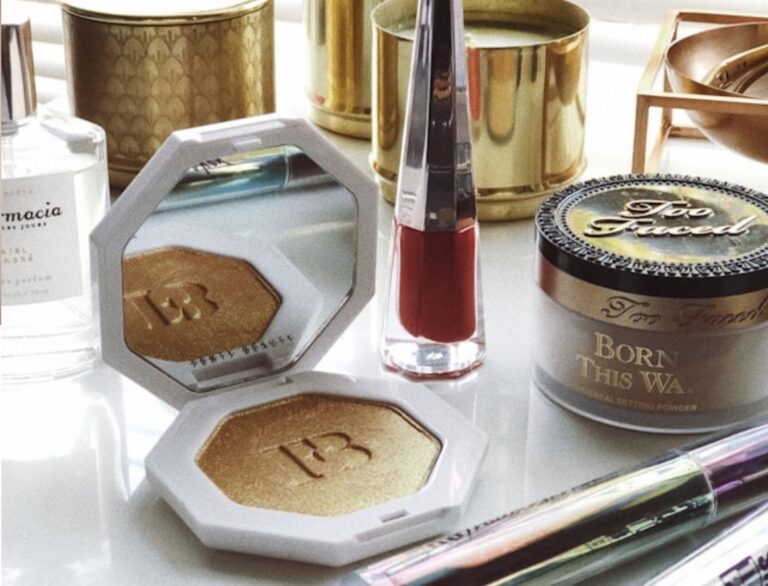
The relationship between a consumer and their favourite brand is parallel to that of a politician and a voter. Representation is expected, especially when it comes to tools used for self-expression ie. makeup. In 2024, makeup brands have to be inclusive – there are no ifs and buts. Surprisingly though, what is clear to informed consumers seems rather evasive to brands.
Despite spending thousands on market research, big beauty brands still seem to get ‘inclusivity’ wrong. A recent example is the newest Youthforia Date Night foundation, so dark and unusable that it has been compared to blackface paint by TikToker Golloria George.
A Tinted Misstep
Youthforia is a makeup brand founded by Fiona Co Chan in 2021. It is definitely an IT Girl brand, the newest darling of the makeup industry. With great formulas and an overall seamless brand identity, it’s only natural that they would take their customer’s needs for granted.
Here’s the tea: initially their foundation had hit the shelves with a mere 15 shades; of the fifteen, only four catered to medium to deep skin tones. The darkest shade was more golden-brown than truly inclusive. This narrow spectrum sparked a wave of disappointment, with fans urging the brand to rethink and expand. After repeated backlash, Youthforia came out with 10 more shades in March – a failed attempt to appeal to their wide customer base.
What Happened?
With 1.5 million followers on TikTok, Golloria regularly reviews the darkest shades of popular foundations for her series “The Darkest Shade”. When she did the same with the newest, darkest Youthforia shade – 600 Deep Neutral – it was indistinguishable from the paint used for blackface.
In another Instagram video, cosmetic chemist Javon Ford dissected the formula’s pigmentation or lack thereof. It appears that the foundation’s darkest offering was a mix of a black and white pigment (with no focus on undertones), resulting in a shade that was unflattering and practically unusable for those it claimed to represent.
“This foundation only has pure black pigment,” he says. “This problem is so avoidable. This brand does not care about us.”
He compares the ingredient list of one of their lighter shades vs. the darkest shade. While the lightest shade has three different colour pigments, shade 600 only had iron oxide and a little bit of white pigment to make what he calls, ‘A dark grey foundation’.
In her review of the product, Golloria says, “Which side of my face is the black face paint or the Youthforia foundation? You can’t tell. Do you know why? Tar in a bottle.”
A Stain On History
The struggle for inclusivity in makeup is not new. From the corrosive and hazardous ‘skin brightening’ concoctions of the Victorian era to the controversial fairness narratives pushed by brands in India (read: the rebrand of Fair & Lovely), the beauty industry’s history with colour has always been fraught with tension. And honestly, Youthforia’s narrow shade range is not simply an oversight, instead, it’s more like a step back into a less enlightened era.
Looking Ahead: Who Gets It Right?
Despite this misstep, there are beacons of inclusion in the industry. Rihanna’s Fenty Beauty shattered ceilings in 2017 with its 40-shade debut, reminding us that inclusivity isn’t just a trend but a necessity. Type Beauty, an Indian brand, offers a spectrum of 24 shades in four different formulas, making it a frontrunner for those seeking the perfect match for their non-European skin.
Meanwhile, the legacy of brands like M.A.C and Maybelline, which expanded their shade offerings in response to demand, shows that progress is possible and essential.
Youthforia’s stumble is a stark reminder that the fight for genuine inclusivity is far from over. As consumers, our voices are powerful. We must continue to demand better, ensuring that every product launch not only celebrates beauty but truly accommodates diverse skin tones. After all, in the world of makeup, inclusivity is never just skin deep.
Featured Image: Instagram / @golloria